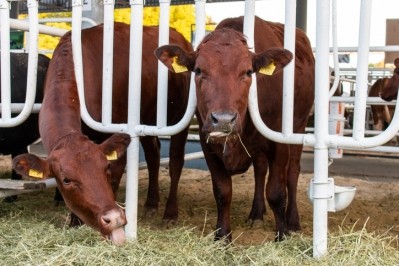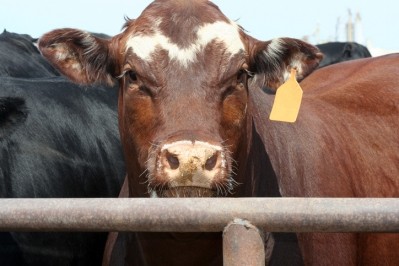Consumers increasingly interested in where their food comes from: Cargill

The Minnesota-based agri-giant has announced the results of its latest Feed4Thought survey related to consumer impressions of the feed and animal production industries.
Overall, the company found that the number of younger consumers in the US and China who know a livestock farmer or someone involved in the aquaculture sector is increasing compared to older consumers. A similar pattern also was found for those age groups surveyed in Mexico and France.
In the US, about 35% of respondents in the 18 to 34 age range know someone who works in those industries, and, in China, about 67% do, the company said. For those older than 55, the number drops to 17% in the US and to 32% in China.
Additionally, more members of that age bracket reported having visited a farm or aquaculture facility, Cargill said. Members of the younger age group also said they are changing their eating practices based on an interest in sustainable animal production, it added.
More than 80% of respondents globally said that, in terms of influences on their purchasing behaviour, they do consider how an animal was raised, reported Cargill. In the US, about 31% of the younger age group said they would pay more for certain production components including the type of feed used in farmed animal production, while, in China, about 59% of those polled said they would do so as well.
Implications for feed manufacturing
The study findings are corroborating company research and experience, said Marina Crocker, head of Cargill Animal Nutrition market insights. There is a growing interest in knowing how animals are raised, she noted, and that is informed feed formulation developments.
“While the industry has historically focused on least-cost formulation, this is no longer the primary factor in how farmers feed animals,” said Crocker. “Today, producers want feed that is both cost-effective and allows them to advance their and their consumers’ sustainability goals.”
Innovation and efficiency, however, may be a way to address both, she said.
“We’re looking at how animal feed, additives and management techniques can be used to increase farm and animal productivity, improve an animal’s overall well-being and promote sustainable feed and farming practices.”
In the past few years, Cargill has invested more than $150m in R&D focused on production efficiency, she said.
“Cargill Animal Nutrition is helping its customers respond to these [kind of consumer] preferences – for example in our 2017 strategic investment in Delacon, a [producer] of plant-based phytogenics, and our acquisition that same year of Diamond V, whose products work with an animal’s natural biology to improve their overall health and well-being, thereby reducing the need for antibiotics and the environmental impact of raising protein,” she told FeedNavigator.
Competing priorities
The surveys are a way to progress conversations on topics that the company’s “communities” care about, said Lynda Michielutti, head of Cargill Animal Nutrition communications.
Previous editions sought consumer feedback on topics such as the use of antibiotics in cattle production.
“These are topics where Cargill can offer distinctive expertise and contribute something new and valuable to the discussion,” she said.
Heather Tansey, sustainability lead with Cargill’s animal nutrition and protein units, said though that sometimes consumers lack understanding about production fundamentals, seen in consumer demand for slower growing birds, for example.
“Slow-growing birds and animals consume more of our world’s limited natural resources. We see part of our job as being to help the industry manage and highlight these competing priorities.
“[So] we believe we have an additional thought leadership role to play – and that is to help reconcile consumer demand with producer responsibility,” she said.














